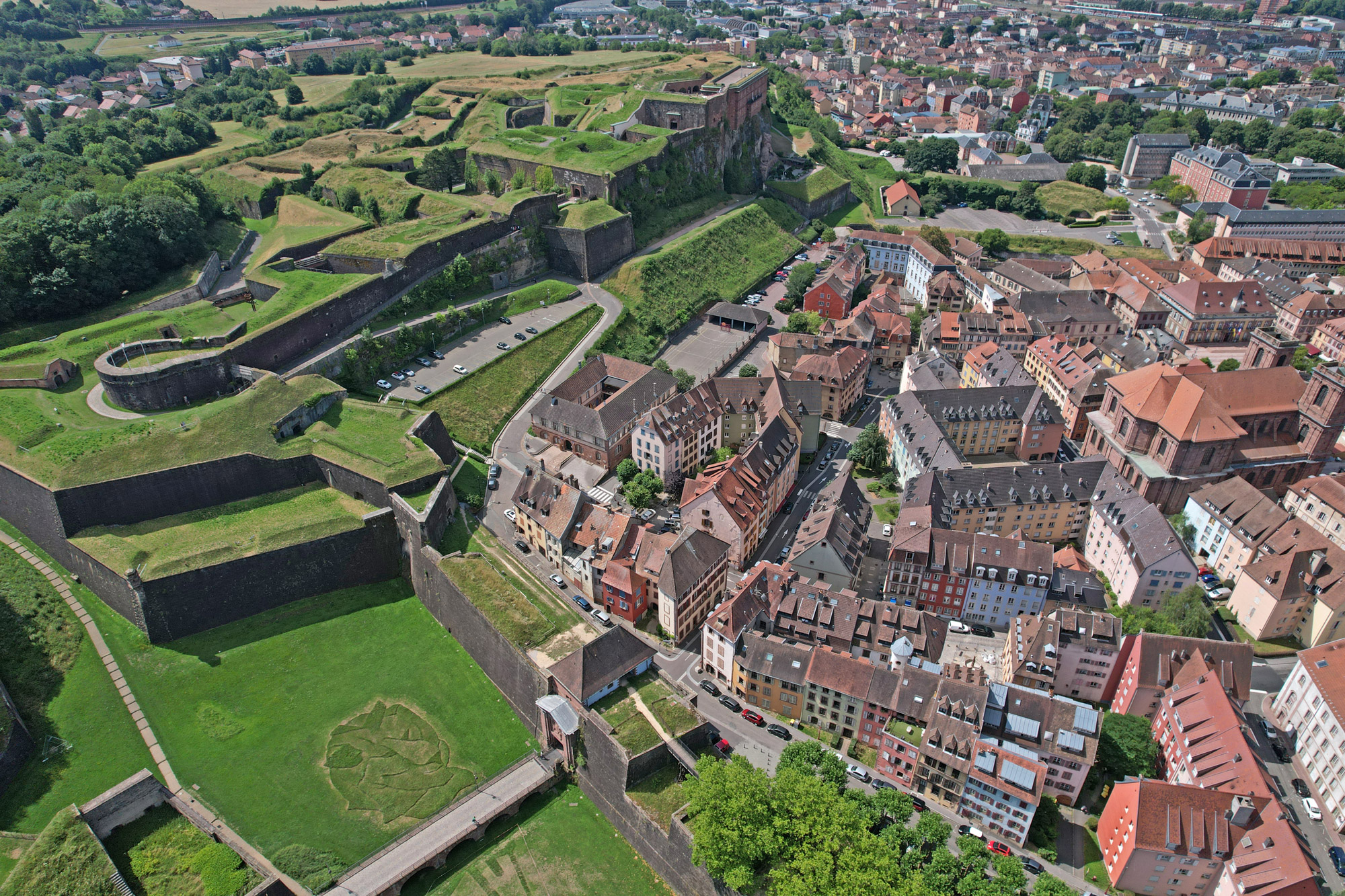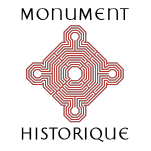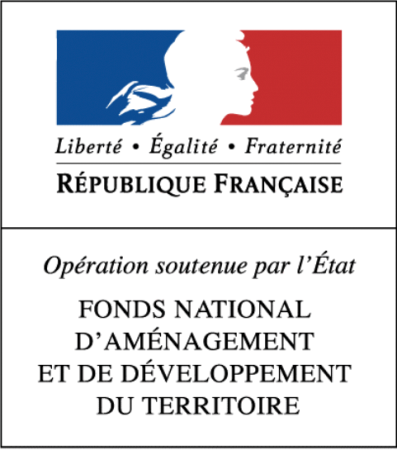
THE BELFORT
CITADEL
Accueil > The Belfort Citadel

Where?
- Rue Xavier Bauer, 90000 Belfort
- 47.63679, 6.86484
When?
- Some areas of the fortification are open to the public and others only on guided tours
Prices
-
Multi-site Museums Pass:
High season (1 April - 31 October): €11 full price / €7 concessions.
Low season (1 November - 31 March) : €7 full price / €5 concessions.
Prices Belfort Tourisme visits:
€5 full price / €2,50 concessions
Contact
- musees@mairie-belfort.fr
- 03 84 54 25 51
- Website
Social networks
ITS HISTORY
Built and modernised in successive stages, the Belfort citadel has a multi-layered history with 5 centuries of fortifications. It was built after the town was conquered in 1687. It replaced a medieval fortified castle that stood on this rocky promontory. The engineer and military architect Sébastien Le Preste, Marquis de Vauban, added a 14-hectare system of fortifications with three bastioned towers (tower 27, tower 41 and tower 46) extending to the rear of the château.
These walls were accessed through two gates, one of which, the Brisach Gate, still stands today. At the end of the 1st Empire, the town underwent its last major period of fortification with building works by General Benoît Haxo and engineer officer Aristide Denfert Rochereau, who further strengthened the citadel’s defensive system The Miotte and Justice hills were fortified, with the aim of blocking the royal road to Alsace. The area between these two forts and extending as far as the town and the citadel was known as the ” Belfort entrenched camp” and was designed to accommodate a garrison of 15,000 men. This modern fortress was made famous in 1870 during the Franco-Prussian war, when the people of Belfort demonstrated heroic resistance, and is open to the public all year round.
Guided tours are organised several times a year by the Belfort Tourist Office. During August, the town organises “Un été sous les murailles” (A summer under the walls) at the in the Belfort Citadel with an extensive programme of cultural events including concerts, workshops, dramatised tours and shows. The History Museum, which is open all year round except Tuesdays, is also located inside the citadel walls.
Photo gallery
Location
Labels








